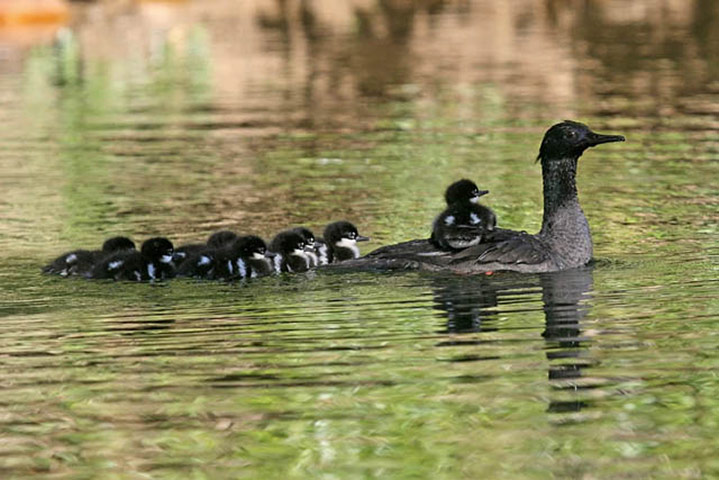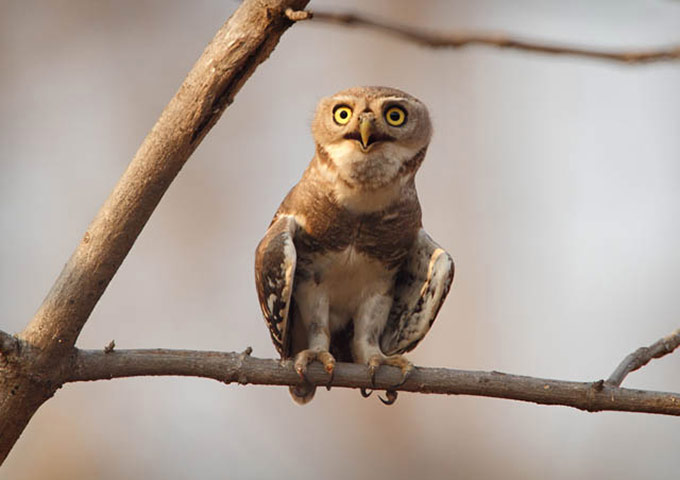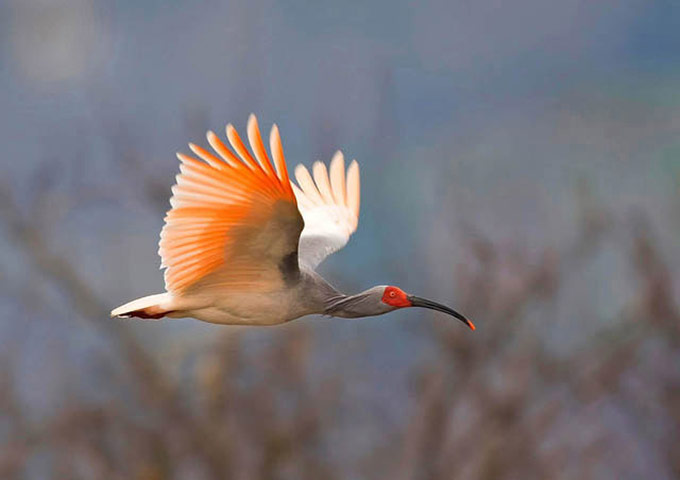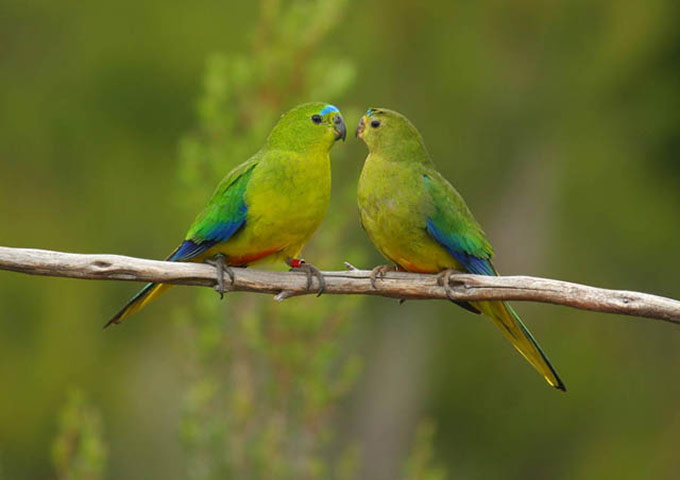
The kakapo is a large, flightless parrot from New Zealand and one of the rarest birds of all, with only 124 individuals alive today. The main reason for its decline is predation by introduced mammals, particularly feral cats Photograph: Shane McInnes/TheWorldsRarestBirds

A fish-eating duck restricted to a few fast-flowing rivers in central Brazil and north-eastern Argentina. The population is less than 250 individuals and decreasing, the main threat to its continued survival being changes in water flow and pollution Photograph: Savio Freire Bruno/TheWorldsRarestBirds

A large seabird which breeds only on Christmas Island in the Indian Ocean. The breeding population is about 1,220 pairs, and decreasing, most in a single colony. The main threats to its survival are loss of its breeding trees and pollution caused by phosphate mining, cyclones, and possibly the introduced yellow crazy ant Photograph: David Boyle/TheWorldsRarestBirds

This species has a tiny, severely fragmented population, known from less than 10 recent locations in central India. It is likely to be declining as a result of loss of its deciduous forest habitat Photograph: Dr Jayesh K Joshi/TheWorldsRarestBirds

A medium-sized water bird that once bred in Russia, Japan and China but suffered a major population crash. It is now restricted to Shaanxi province in central mainland China, where just 250 individuals survive, though the population is slowly increasing as a result of conservation action. The main reason for its decline is probably linked to the loss of suitable feeding grounds due to the change from rice-growing to dry wheat production Photograph: Quan Min Li,/TheWorldsRarestBirds

A very large crane that breeds in eastern Russia and China, and in Japan. The population now numbers only 1,700 mature individuals and is continuing to decrease due to the loss and degradation of wetlands through conversion to agriculture and industrial development Photograph: Huajin Sun/TheWorldsRarestBirds

The small, declining population of this species in central and north-eastern India is endangered because of hunting and agricultural development Photograph: Csaba Barkoczi/TheWorldsRarestBirds

A small parrot that breeds only in a small area in south-western Tasmania and migrates to coastal areas in south-eastern Australia in the winter. The wild population is probably less than 150 individuals and decreasing probably due to the loss of its wintering favoured habitat as a result of agriculture and urban and industrial development Photograph: David Boyle/TheWorldsRarestBirds







